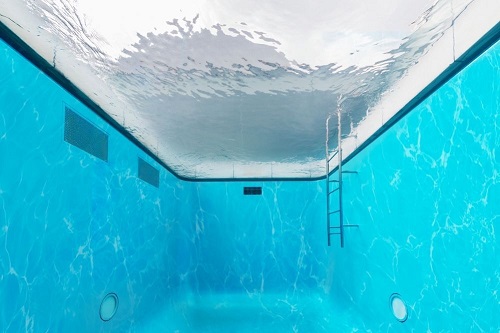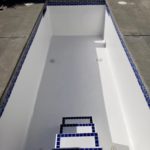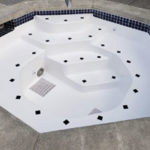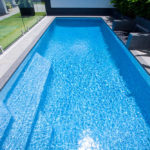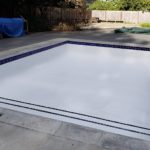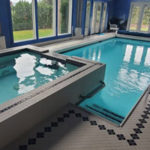Just like other parts of your home or business spaces, your pool also needs to be renovated or replaced.
Over time, comparing to other surfaces of great use, the swimming pool interior also wears out. If pool damages are neglected, it may worsen, which may result in higher repair costs.
The good thing is that you can now upgrade the look of your pool area through some of the pool resurfacing options available. It can help in improving the aesthetic look, functionality, and usability of your pool.
There are many pool resurfacing designs and finishes you can choose from. The choices are limitless
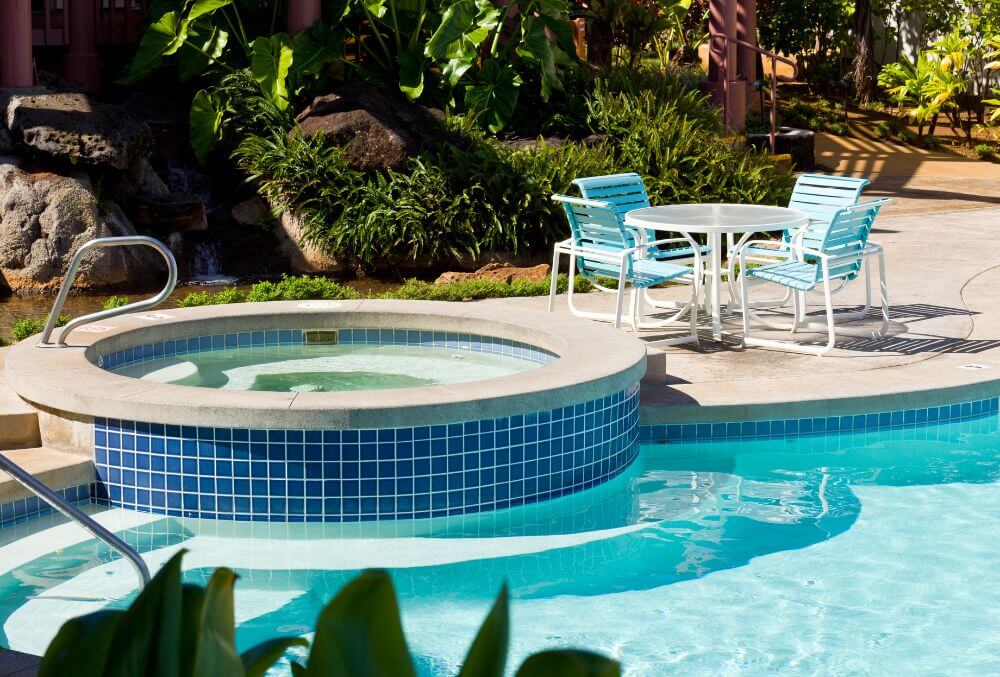
Finishing Options You Can Choose From
Plaster
Plaster is a mixture of white cement, sand, aggregate, or marble and water. The material is applied using a trowel.
Though the material is known for its plain white finish, it can be incorporated with different color options.
Pros:
Affordable price point
Provides a simple and classy look
Provides durable finish
The material is non-toxic
Available in a variety of colors
Can be easily repaired
Cons:
Provides a rough pool surface
Susceptible to algae growth
Requires weekly surface maintenance
Requires acid washing every after 3-5 years
Trowel marks can easily show up
Can easily stain, crack, scale, and etch with incorrect water chemistry

Aggregate
You can also choose to resurface your pool area using small-sized pebbles mixed with cement instead of sand.
Once the material is perfectly combined and applied on the surface of the pool, the contractors will wipe or spay off the top layer to expose the type of aggregate. If you don’t want the aggregate to be exposed you can choose to have them polished. Three of the most common aggregate materials includes:
- Glass beads
- Quartz
- Pebbles
Exposed aggregates reveal the whole pebbles, leaving a bumpy texture while a polished aggregate provides a flat and smooth texture.
Pros:
Provides a unique pool finishes
Can last up 10-20 years
Provides anti-slip resistance
Cons:
Maybe less comfortable to walk on especially for larger types of aggregates
Prone to discoloration and stains
Needs an intensive cleaning everyone in a while due to dirt build-up
Tiles
Tiles are a material usually used in the waterline of the pool area or some other parts for a more artistic look. A tile is made up of standard stone, glass, or porcelain. Some of the tile stone options include granite, sandstone, and limestone; this provides a natural stone looking aesthetic for your pool area.
Pros:
Provides a long-lasting and durable finish
Easy to clean and maintain
Heat, fire, and UV resistant
Cons
More expensive than aggregate or plaster
It can crack or chip over time
Sharp edges may show if it’s installed incorrectly
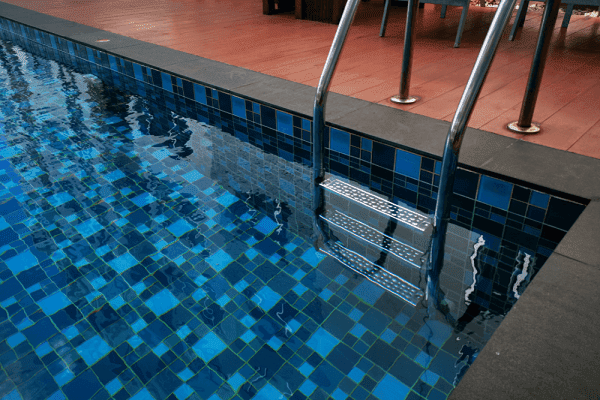
Conclusion
These pool resurfacing options can surely upgrade the look of your pool area. To achieve your desired look, make sure to hire a trusted and experienced pool resurfacing contractor for quality results
